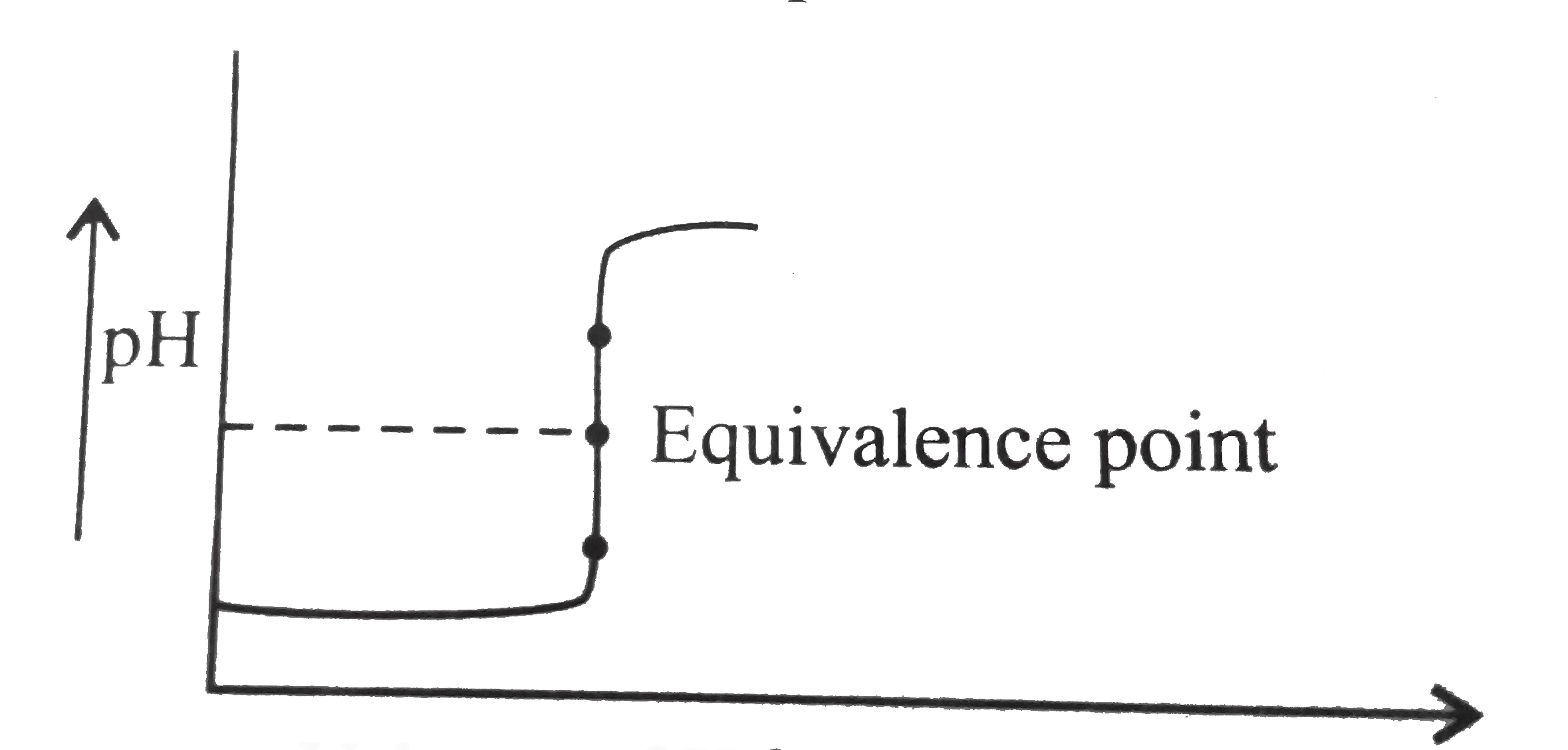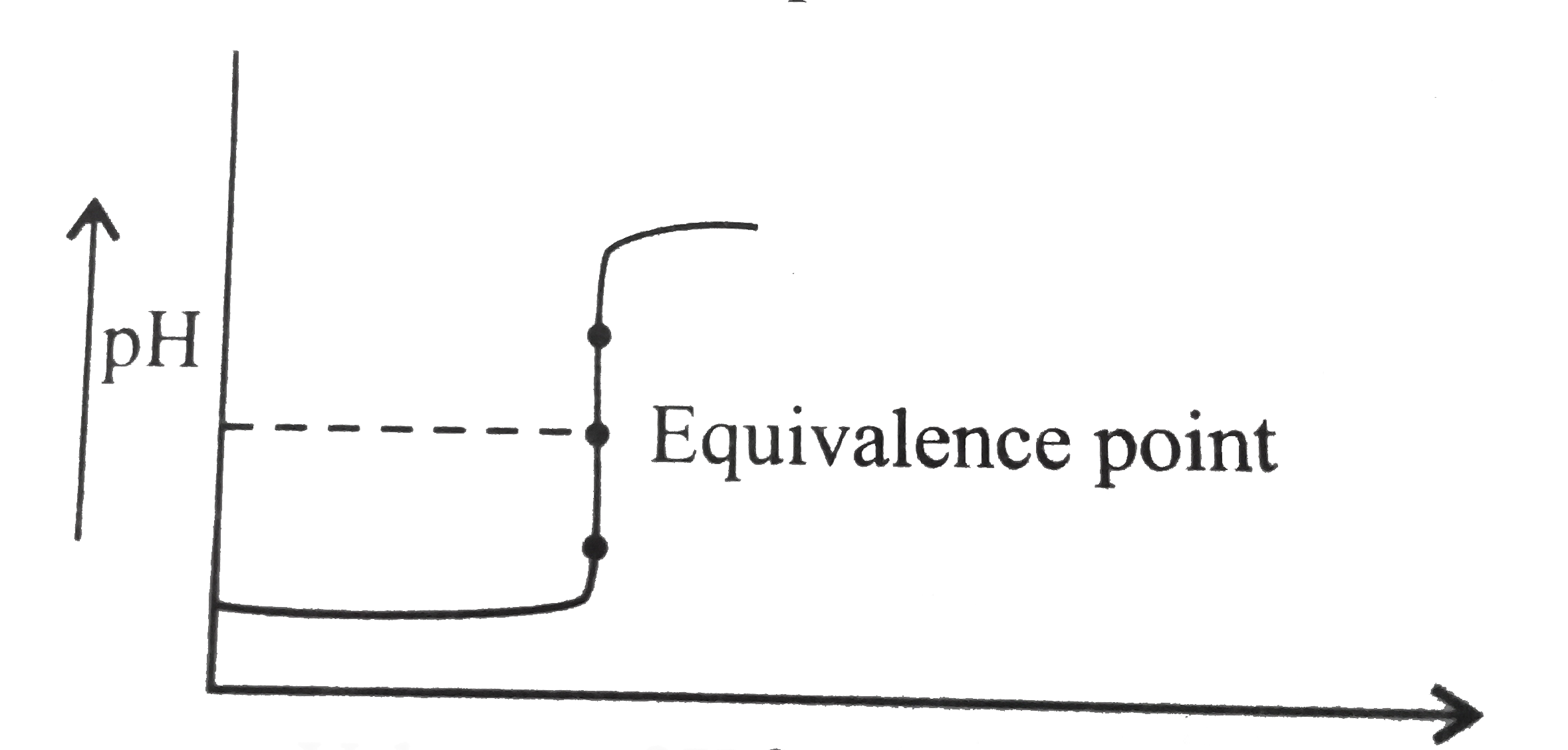A: Lead storage battery does not require salt bridge.
R: The solid nature of each oxidising agent and reducing agent prevent direct contact.
If both Assertion & Reason are true and the reason is the correct explanation of the assertion, then mark (1)
If both Assertion & Reason are true but the reason is not the correct explanation of the assertion, then mark (2)
If Assertion is true statement but Reason is false, then mark (3)
If both Assertion and Reason are false statements then mark (4)
The correct Answer is:A
To solve the question regarding the assertion and reason about the lead storage battery, we will analyze both statements step by step.
1. Understanding the Assertion:
- The assertion states that "Lead storage battery does not require a salt bridge."
- This is true because lead storage batteries, also known as lead-acid batteries, operate using a single electrolyte solution (sulfuric acid) and do not require a salt bridge to maintain electrical neutrality.
2. Understanding the Reason:
- The reason provided is "The solid nature of each oxidizing agent and reducing agent prevents direct contact."
- In lead storage batteries, the oxidizing agent (PbO2) and the reducing agent (Pb) are in solid form, which indeed prevents them from coming into direct contact with each other. This solid state allows the reactions to occur without the need for a salt bridge.
3. Analyzing the Reactions:
- At the anode, lead (Pb) is oxidized to lead sulfate (PbSO4), and at the cathode, lead dioxide (PbO2) is reduced to lead sulfate (PbSO4).
- The overall reaction involves the conversion of lead and lead dioxide into lead sulfate, which occurs in the presence of sulfuric acid.
4. Conclusion:
- Since both the assertion and the reason are true and the reason accurately explains the assertion, we conclude that the assertion is correct and the reason is correct as well.
- Therefore, both statements are true, and the reason supports the assertion.
Final Answer:
Both the assertion and reason are true, and the reason correctly explains the assertion.
---
- The assertion states that "Lead storage battery does not require a salt bridge."
- This is true because lead storage batteries, also known as lead-acid batteries, operate using a single electrolyte solution (sulfuric acid) and do not require a salt bridge to maintain electrical neutrality.
- The reason provided is "The solid nature of each oxidizing agent and reducing agent prevents direct contact."
- In lead storage batteries, the oxidizing agent (PbO2) and the reducing agent (Pb) are in solid form, which indeed prevents them from coming into direct contact with each other. This solid state allows the reactions to occur without the need for a salt bridge.
- At the anode, lead (Pb) is oxidized to lead sulfate (PbSO4), and at the cathode, lead dioxide (PbO2) is reduced to lead sulfate (PbSO4).
- The overall reaction involves the conversion of lead and lead dioxide into lead sulfate, which occurs in the presence of sulfuric acid.
- Since both the assertion and the reason are true and the reason accurately explains the assertion, we conclude that the assertion is correct and the reason is correct as well.
- Therefore, both statements are true, and the reason supports the assertion.
Both the assertion and reason are true, and the reason correctly explains the assertion.
Similar Questions

(O.A=Oxidising agent, R.A= Reducing agent, M= Molecular weight)
View Solution(a) Give an example for a combination reaction which is exothermic.
(b) Identify the oxidising agent and reducing agent in the following reaction.
H2S+Cl2→2HCl+S
(c) Name the phenomenon due to which the taste and smell of oily food changes when kept for a long time in open. Suggest one method to prevent it.
View Solution
Knowledge Check
In acid-base titration react rapidly to neutralise each other. Equivalence point is a point at which the acid and the base (or oxidising agent and reducing agent) have beem added in equivalent quantities. The end point in the point at which the titration stops. since the purpose of the indicator is to stop the titration close to the point at which the acid and base were added in equivalent quantities, it is important that the equivalent point and the end point be as close as must change colour at a pH close to that of a solution of the salt of the acid base. Singificantly, the pH changes most rapidly near the equivalent point. The exact shape of a titration curve depends on Ka and Kb of acid and base.

The curve represents the titration ofACsOHbyHBrBHCIbyNaOHCHCIbyKOHDNH3byHNO3In acid-base titration react rapidly to neutralise each other. Equivalence point is a point at which the acid and the base (or oxidising agent and reducing agent) have beem added in equivalent quantities. The end point in the point at which the titration stops. since the purpose of the indicator is to stop the titration close to the point at which the acid and base were added in equivalent quantities, it is important that the equivalent point and the end point be as close as must change colour at a pH close to that of a solution of the salt of the acid base. Singificantly, the pH changes most rapidly near the equivalent point. The exact shape of a titration curve depends on Ka and Kb of acid and base.

The suitable indicator for the titration isAMethy1 orangeBBromothymolCMethy1 redDAll of theseIn acid-base titration react rapidly to neutralise each other. Equivalence point is a point at which the acid and the base (or oxidising agent and reducing agent) have beem added in equivalent quantities. The end point in the point at which the titration stops. since the purpose of the indicator is to stop the titration close to the point at which the acid and base were added in equivalent quantities, it is important that the equivalent point and the end point be as close as must change colour at a pH close to that of a solution of the salt of the acid base. Singificantly, the pH changes most rapidly near the equivalent point. The exact shape of a titration curve depends on Ka and Kb of acid and base.

The pH at equivalence point isA2B3C7D11
A,B and D are four 9th class students .Their chemistry teacher conducted r role play in the class which is as given below she assumed that a is a metal and bn is anon metal c and d need to carry out two separte experiments for this purpose c needs and ocxidaing agent and d needs a reducing agent accordingly they have to form two goups consisting of two students each how will they form the group? explain this with appropriate reasons
View SolutionIn acid-base titration react rapidly to neutralise each other. Equivalence point is a point at which the acid and the base (or oxidising agent and reducing agent) have beem added in equivalent quantities. The end point in the point at which the titration stops. since the purpose of the indicator is to stop the titration close to the point at which the acid and base were added in equivalent quantities, it is important that the equivalent point and the end point be as close as must change colour at a pH close to that of a solution of the salt of the acid base. Singificantly, the pH changes most rapidly near the equivalent point. The exact shape of a titration curve depends on Ka and Kb of acid and base.

Which of the following curves indicates the titration of a weak diprotic acid by KOH of equivalent strength?
View SolutionIn acid-base titration react rapidly to neutralise each other. Equivalence point is a point at which the acid and the base (or oxidising agent and reducing agent) have beem added in equivalent quantities. The end point in the point at which the titration stops. since the purpose of the indicator is to stop the titration close to the point at which the acid and base were added in equivalent quantities, it is important that the equivalent point and the end point be as close as must change colour at a pH close to that of a solution of the salt of the acid base. Singificantly, the pH changes most rapidly near the equivalent point. The exact shape of a titration curve depends on Ka and Kb of acid and base.

The following curve represents titration curve of HCI against KOH. The pH at equivalent point is
Examine the titration curve below and answer the question.

View SolutionRead the following statements:
Choose the correct set of statement(s):
(P) Al has greater affionity than that of Fe. For oxygen
(Q) Cast iron of nickel impurity of zinc and lead
(R ) Refining of nickel is done by vapour phase refning
(S) In cyanide proces, oxygen and zinc dust are used as oxidising agent and reducing agent respectively:
View SolutionA: Lithium is the strongest reducing agent in the periodic table.
R: Fluorine is the strongest oxidising agent in the periodic table.
View Solution
